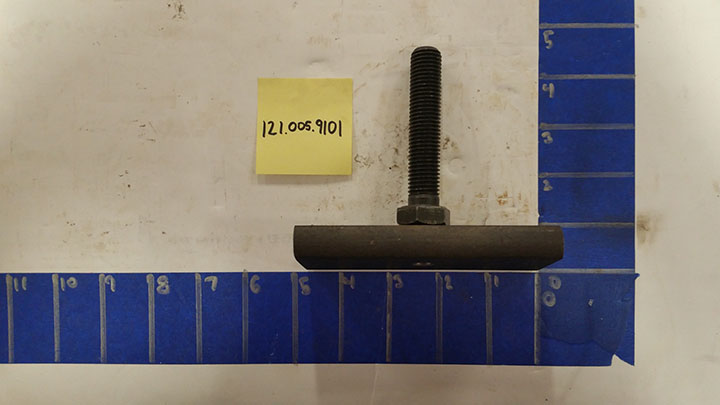Schelling Saw Manual
- The Schelling fh 6 cut-to-size saw has the unique ”Evolution“ drive concept and offers an optimally matched ratio of motor power and useable book height. The saw motor is fixed in place on the saw carriage, thus it does not move with the saw blade. This permits strong motors with higher power while keeping the operating height low.
- Ima schelling group - one group - one goal We help North American businesses ranging from mid-sized woodworking, non-ferrous metalworking and plastics operations to major corporations to engineer customized, industrial manufacturing system solutions that optimize throughput.
- IMA SCHELLING GROUP - ONE GROUP - ONE GOAL. We help North American businesses ranging from mid-sized woodworking, non-ferrous metalworking and plastics operations to major corporations to engineer customized, industrial manufacturing system solutions that optimize throughput.
- Schelling Panel Saw For Sale. (635 x 2,098 mm) each, of which (2) are movable.All manuals & documents as pictured.Fully enclosed for safety with man-height sheet metal panels & wire screen windows. Options Include: Assortment of main & scoring blades as pictured; Rear load in-feed roller transfer with fork cut-outs, 126 (3,200.
Schelling Panel Saw Manual If you are searching for the ebook Schelling panel saw manual in pdf format, in that case you come on to faithful site. We present the full option of this ebook in PDF, ePub, doc, DjVu, txt formats. You can read Schelling panel saw manual online or download. Free the giant piano kontakt keygen free software 2016. Fastest free youtube downloader to mp3 converter for mac.
 Publisher:
Publisher:
 Ashgate Publishing, Ltd.
Ashgate Publishing, Ltd.ISBN: 1409485536
Size: 80.55 MB
Format: PDF, ePub, Docs
Schelling Saw Manual Gearbox
View: 4063Get Books
In tracing Friedrich von Schelling's long philosophical development, John Laughland examines in particular his disentanglement from German idealism and his reaction, later in life, against Hegel. He argues that this story has relevance beyond the facts themselves and that it explains much about the direction philosophy took in the century between the French Revolution and the rise of Communism. Schelling's development turned principally on the related questions of human liberty and the creation. Following a sharp disagreement with his old friend Hegel over the Phenomenology in 1807, Schelling wrote a short but brilliant essay on human freedom in 1809, after which he never published another word. In the remaining decades of his life (d. 1854) Schelling developed in an increasingly conservative and Christian direction, preoccupied with the relationship between Christianity and metaphysics. In numerous lectures and unpublished works, he attacked what he saw as the hubris and artificiality of Hegelian rationalism. However the path against which Schelling warned was the one which philosophy finally took. Schelling was determined to show how philosophy (especially ontology) explained and was explained by Christianity, and that both had been damaged by modern rationalism. But Hegel’s Marxist epigones who attended his later lectures scoffed and Hegelianism triumphed. This is an elegantly written and engaging study in the history of ideas of a philosopher on the losing side.
Schelling Parts

 : Mr John Laughland
: Mr John Laughland